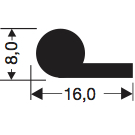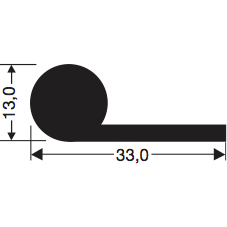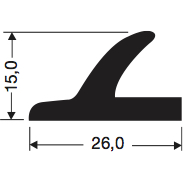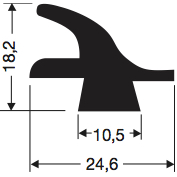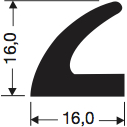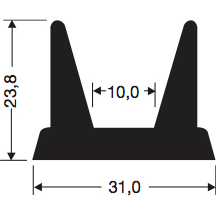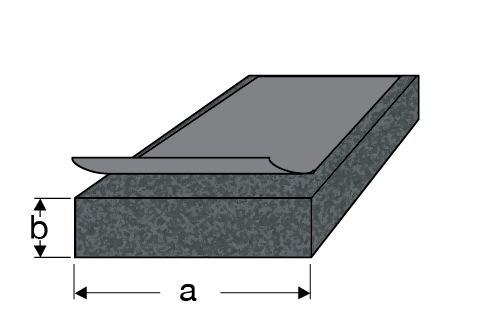
What is the difference between foam rubber and sponge rubber?
Cellular rubber (foam rubber) is a porous rubber manufactured in accordance with the expansion process using gas-developing agents. The cellular structure distinguishes cellular rubber from sponge rubber. Cellular rubber contains partly opened cells, and sponge rubber, consists of completely opened cells. Thus cellular rubber in contrast to sponge rubber does not require an outer skin in order to use it as a gasket.
What is EPDM?
EPDM is a synthetic rubber derived from crude oil. The abbreviation EPDM stand for Ethylene – Propylene – Diene – Monomer. EPDM is formed by polymerization of three monomers.
Properties of EPDM
- Temperature range from -35°C tot +120°C
- Resistant to light oil contact, and acids & alkalis
- Resists degradation and aging due to sunlight and ozone exposure
- Long lifespan
- High elasticity (up to 400%)
Field of use
Foam rubber and sponge rubber are used in the cooling industry for sealing coldroom doors, sliding doors and proofing cabinets for the bakery sector.
Self-adhesive cellular rubber
We offer self-adhesive cellular rubber (foam rubber) in several widths and levels of thickness on rolls of 5 or 10 meters. The foam rubber is specially selected for use in the refrigeration sector. Please contact us through the contactform in case you require specific dimensions.
